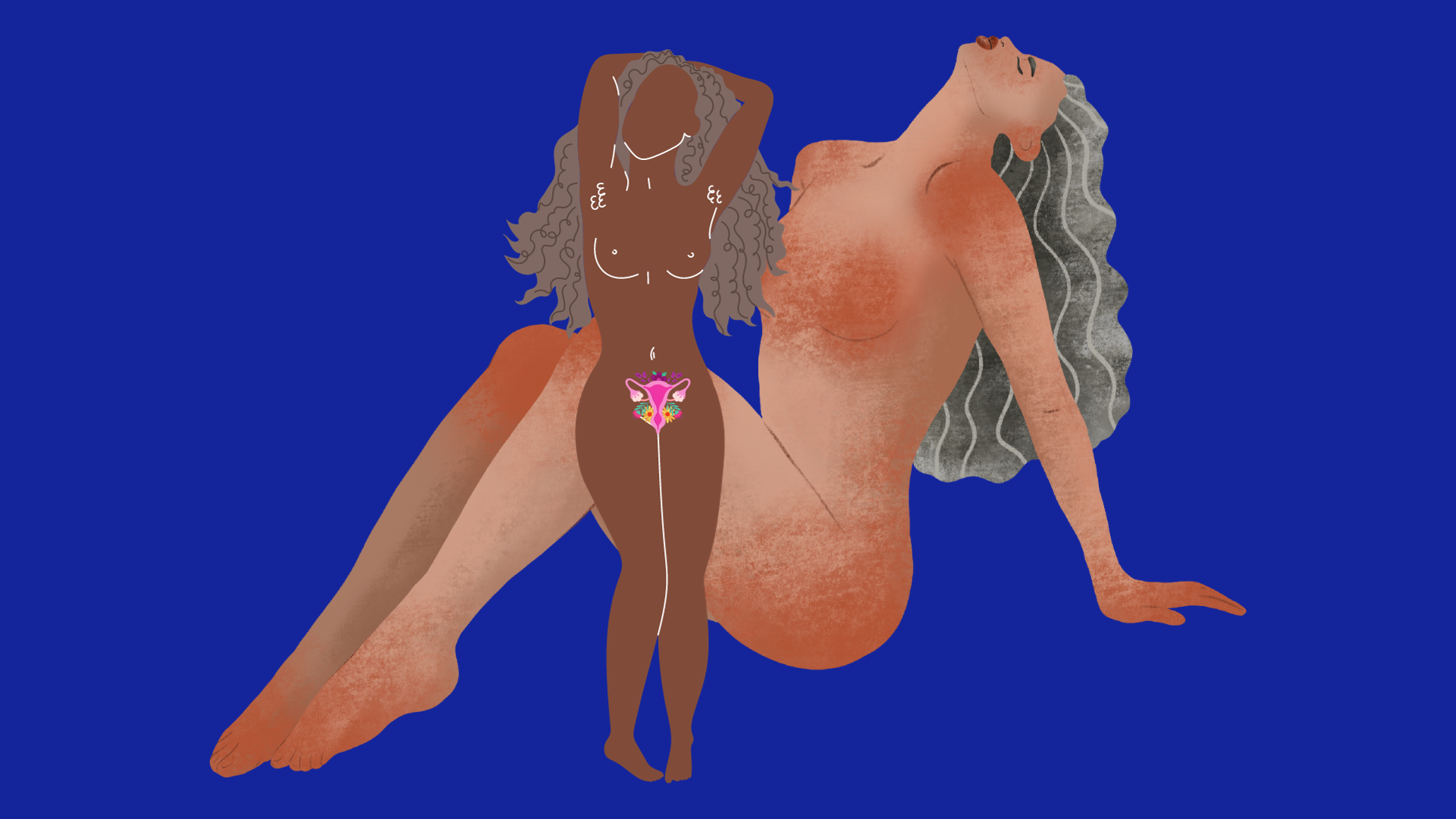Candid Conversations: Navigating the Genitourinary Symptoms of Menopause
Written by Sarah Moloney
This month we address symptoms we may have not realised are connected to menopause, or perhaps we do, but are too embarrassed to discuss our symptoms with our health care provider. At IdentifyHer, we want to give you both the tools and the knowledge to access the best possible care for your menopausal symptoms, no matter the issue.
Under the microscope today are the Genitourinary Symptoms of Menopause, or GSM for short. GSM is a chronic, progressive condition that affects our vulvas, vaginas, lower urinary tract, and sometimes our sex lives. It used to be called vulvovaginal atrophy, atrophic vaginitis, or urogenital atrophy and has a broad range of symptoms, ranging from the mild to severe and can have a huge effect on our quality of life. It is caused by a reduction in oestrogen, brought on by the menopause transition and it is reported to affect approximately 15% of women and those born with a uterus in the premenopausal state with this number skyrocketing to 50-70% of those in the post-menopausal period. However, this number may be higher as those who are experiencing these symptoms may not report these to their doctors, for many reasons such as societal stigma and taboos, lack of access to up to date information, discomfort and embarrassment, some healthcare providers may not be well-informed about genitourinary symptoms of menopause, leading to misdiagnosis or inadequate treatment or lack of treatment options for genitourinary symptoms, and those with GSM may not be aware of available therapies or hesitate to explore them due to concerns about side effects.
The emotional toll of experiencing these symptoms, coupled with the difficulties in addressing them, can lead to anxiety, depression, and a decreased quality of life for many.
However, times need to change, knowledge is power and addressing these difficulties often requires more open and informed discussions about menopause and its associated symptoms, as well as improved access to healthcare and support for those affected. So, let’s find out why decreased oestrogen causes GSM and what to look out for.
As oestrogen acts as a vasodilator, which means it increases blood flow to our vulvas and vaginas, a reduced amount of oestrogen can have the following effect:
Vaginal Dryness: Reduced vaginal lubrication. This can cause discomfort, itching, and pain during intercourse.
Urinary Incontinence: Changes in the urinary tract and pelvic muscles can lead to stress urinary incontinence, where leakage occurs during activities like laughing, sneezing, or exercise.
Genital Atrophy: The thinning and shrinking of vaginal tissues, known as genital atrophy, can lead to discomfort, irritation, and a higher susceptibility to infections such as UTIs.
If you have found yourself recently battling an increasing amount of UTIs - it's essential to consult a healthcare provider for proper diagnosis and treatment. UTIs can usually be effectively treated with antibiotics, and healthcare professionals can also provide guidance on preventive measures based on individual health and circumstances.
It is important to note that for symptoms such as vaginal dryness, genital atrophy, painful sex, and urinary incontinence there is help available and you do not need to suffer in silence! The specific treatment and strategies will depend on individual health, preferences, and the severity of symptoms so get that appointment booked – you deserve relief. Treatment options include but are not limited to:
Hormone Replacement Therapy (HRT):
HRT can be prescribed to supplement declining oestrogen levels. It can help relieve symptoms like vaginal dryness and genital atrophy. However, it's essential to discuss the potential benefits and risks with a healthcare provider, as HRT may not be suitable for everyone.
Vaginal Lubricants and Moisturizers:
Non-prescription vaginal lubricants and moisturizers can provide relief from vaginal dryness. Lubricants can be used during sexual activity, while moisturizers are applied regularly to maintain vaginal moisture. These products are available over the counter.
Pelvic Floor Assessment and Lifestyle Changes:
A specialised assessment with a pelvic floor therapist, can help identify your triggers for urinary incontinence and will also be able to give guidance on how to navigate painful or unfulfilling sex.
Maintaining a healthy lifestyle, including a balanced diet and regular physical activity, can support overall genitourinary health.
Reducing caffeine and alcohol intake and staying hydrated can also help manage urinary symptoms.
The Genitourinary Symptoms of Menopause, or GSM, can significantly impact our daily lives, causing physical discomfort and emotional distress. It's crucial to break through the barriers of embarrassment and stigma, seeking the care and knowledge you need to reclaim your quality of life. Remember, you are not alone, and there are effective treatments and strategies available to provide relief, from Hormone Replacement Therapy to lifestyle changes. Let's empower ourselves and others by promoting open dialogue and access to the support we deserve during this transformative stage of life.


